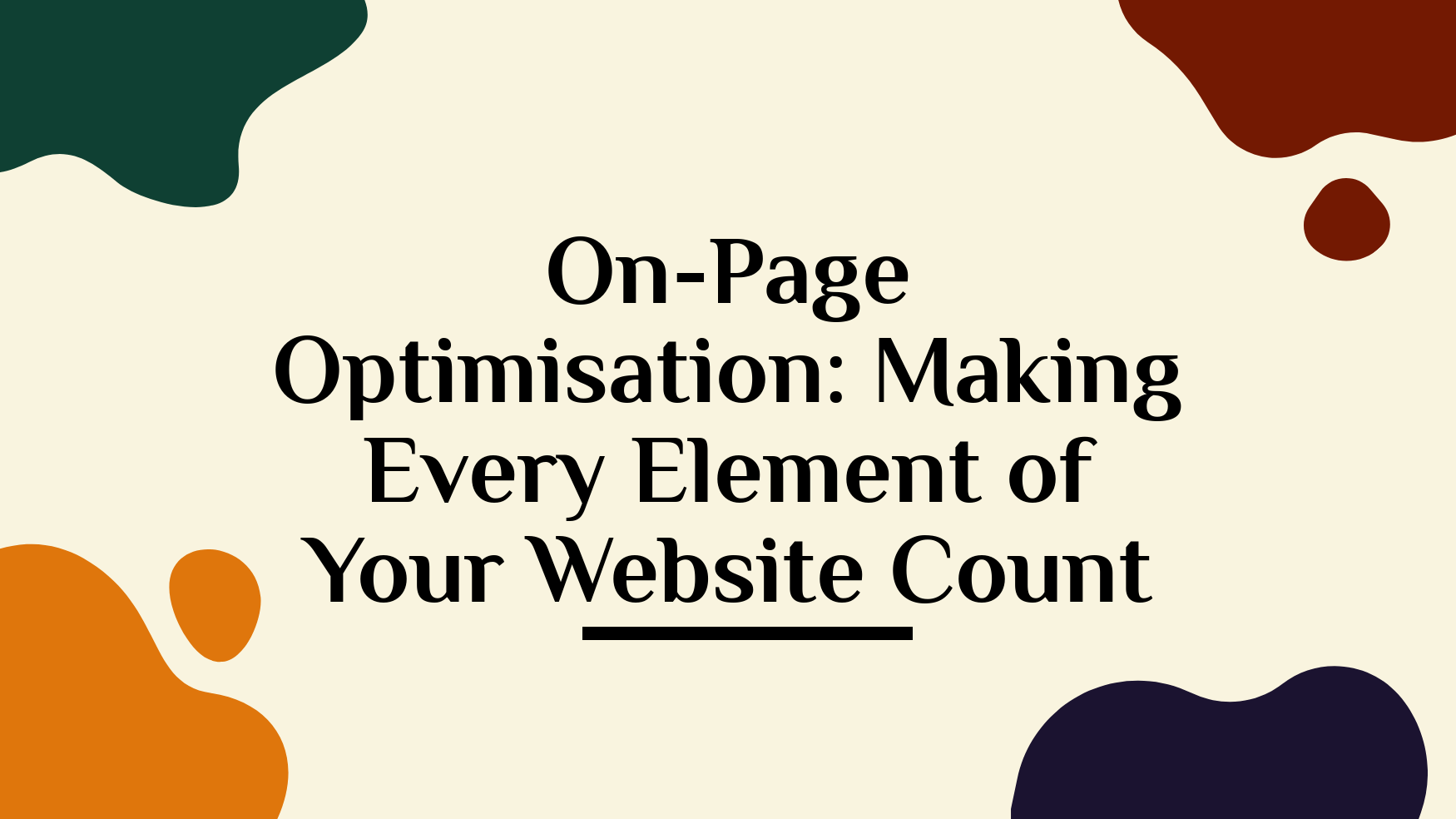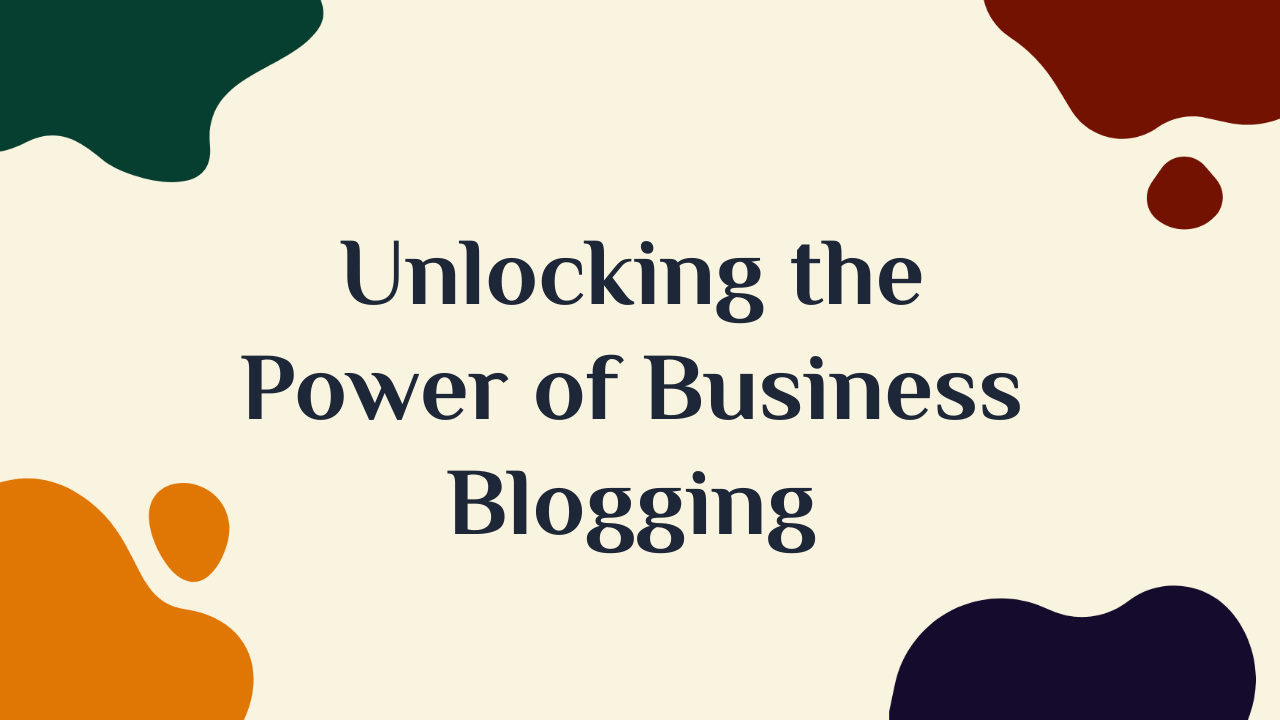On-Page Optimisation: A Comprehensive Guide for Small Business Owners

The Digital High Street
Hello, fellow entrepreneur! Picture this: your website is your digital storefront. Just like you wouldn't leave your physical shop in disarray, you can't afford to neglect your online presence. So, let's roll up our sleeves and get into the nitty-gritty of on-page optimisation, shall we?
Meta Tags: Your Digital Shop Window
Ever walked past a shop and been drawn in by what you saw in the window? That's the power of first impressions. In the digital world, meta tags serve as your shop window. They're the first thing people see when they Google your business.
I had a client who ran a boutique in Shoreditch. She couldn't figure out why her website wasn't attracting visitors. One look at her meta tags, and it was obvious—they were as bland as a British winter sky. We spruced them up, and her online footfall increased almost overnight.
Content and Context: A Match Made in Heaven
You've probably heard the phrase "Content is King." But let's not forget about his queen—Context. Your website's content needs to not only be top-notch but also relevant to what your visitor is seeking.
Say you run a pub in Liverpool. If someone's searching for "best pubs in Liverpool," they're not looking for a history lesson on the city's maritime past. They want to know where they can get a decent pint.
Keywords: More Than Just Buzzwords
Keywords are the backbone of SEO, but they're not just about shoehorning as many as you can into your content. It's about strategic placement. Think of it like setting up your shop—you place your bestsellers where they'll catch the eye.
Image Optimisation: A Picture Paints a Thousand Words
Images can make or break your website. Poor quality or irrelevant images can turn visitors away faster than a cold cup of tea. And let's not forget about alt text—the descriptive text that appears if the image fails to load. It's a small thing, but sometimes it's the small things that count the most.
Internal Linking: The Signposts of Your Website
Imagine walking into a large department store with no signs. You'd be lost, right? Internal linking is like the signposts in that store, guiding your visitors to where they need to go.
User Experience: The Customer is Always Right
Your website should be so straightforward that anyone can navigate it without a second thought. If your visitors have to struggle, you've already lost them. It's like walking into a shop and not finding anyone to assist you.
Loading Speed: Time is Money
In today's fast-paced world, no one has the time to wait for a slow website to load. I had a client whose website was slower than a queue at the post office. Once we improved his site speed, his bounce rate plummeted.
Mobile Responsiveness: Don't Miss the Boat
With the majority of searches now happening on mobile, you can't afford to have a website that's not mobile-friendly. It's like having a shop that's only accessible by a steep flight of stairs—impractical and exclusionary.
Analytics: Your Business's Report Card
You wouldn't run your business without keeping track of sales, stock, and customer feedback. The same goes for your website. Analytics give you the insights you need to keep improving.
The Sum of All Parts
On-page optimisation isn't just about one element; it's a holistic approach. Every part of your website needs to work in harmony to create a seamless user experience.
Contact
+44 7977 758 005
contact@backgroundmarketing.co.uk
Huntingdon, Cambridgeshire
Subscribe to the Newsletter
We will get back to you as soon as possible
Please try again later
Follow Us
© 2022
Background
Marketing -
SEO & Digital Strategy Consulting
Locations
Privacy Policy
Sitemap -
All Rights Reserved

